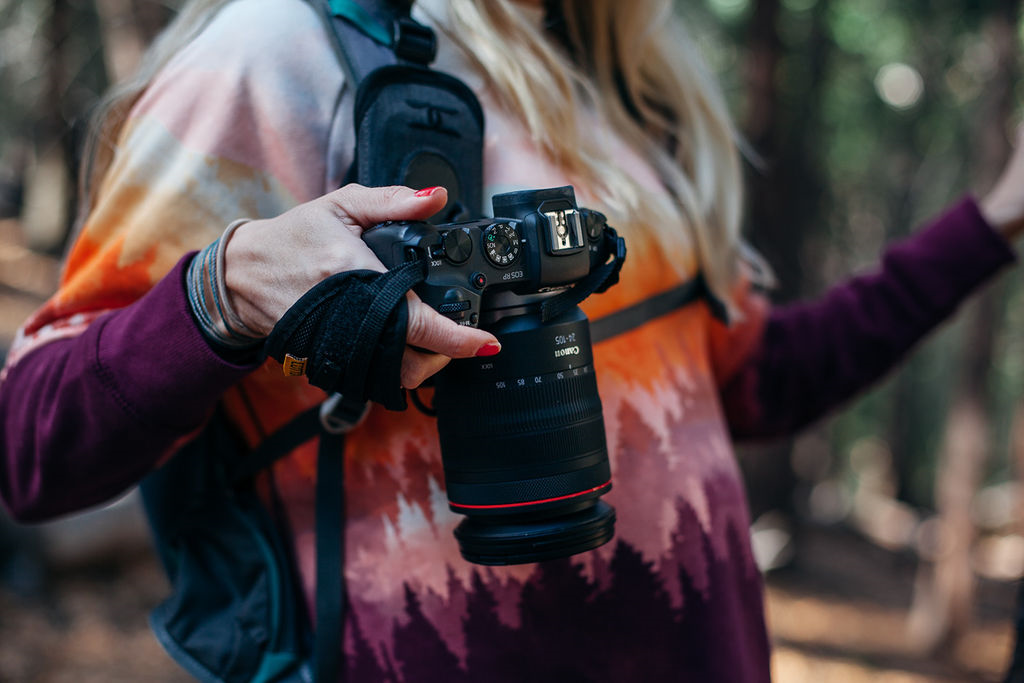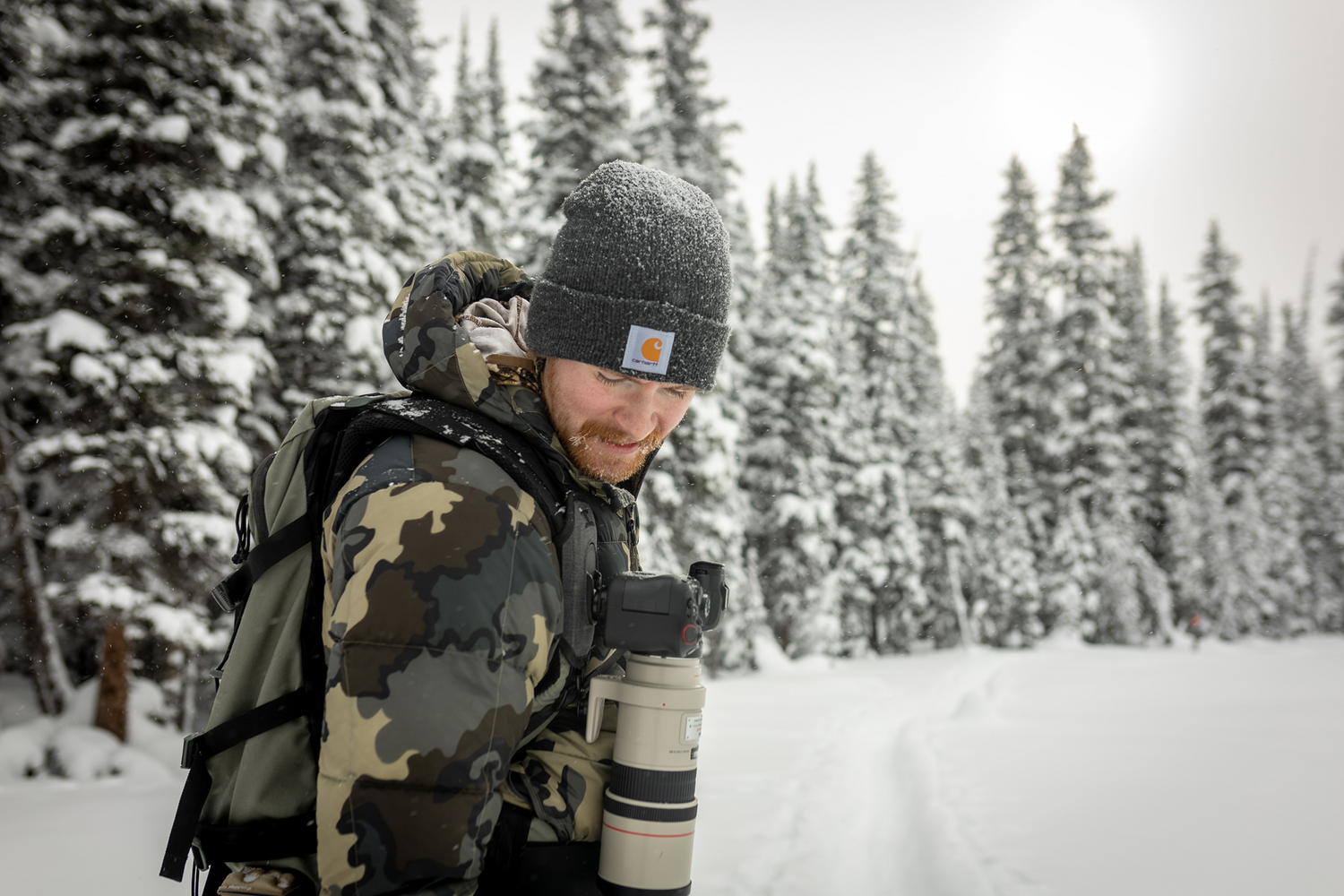Together with Pender Islands Conservancy, our 1% for the Planet Partner, Raincoast Conservation is raising $2.18 million to purchase a 45 acre coastal property on the edge of the Salish Sea.
Donate here: https://www.raincoast.org/forest/
Threatened forests in the Coastal Douglas-fir (CDF) biogeoclimatic zone
British Columbia’s Coastal Douglas-fir (CDF) biogeoclimatic zone is a small sliver of the BC south coast (less than 0.3% of BC’s landbase) but exceptionally diverse in terms of habitat types and species. With more than 99% of the original forest removed, and limited protection of the remaining land base (11%) almost every ecological community associated with this zone is provincially listed as threatened or endangered 1.
Given the high percentage of private land (80%) and intense development pressures, opportunities for ecological protection are limited, and if they do exist, expensive. At no point in history is the importance of preserving remaining tracts of undeveloped foreshore, upland forests and wetlands within this region more urgent. As climate change places unprecedented pressures of uncertainty on food security and living conditions for the species of this region, the best chance to improve their survival and build resilience in perpetuity is by purchasing and protecting private land.

Behind the name: KELÁ_EKE Kingfisher Forest
KELÁ_EKE is the original SENĆOŦEN name for Razor Point, that lies on the shores of Plumper Sound. According to Dave Elliot Sr., member of the Tsartlip Nation and author of Saltwater People, KELÁ_EKE refers to their observation of a distinct population of inland crows whose calls differ from other crow populations around the Salish Sea.
Belted Kingfishers, T̸ETĆELE in SENĆOŦEN, are widespread across North America. Though listed as a species of least concern, their population numbers have been in decline for the past two decades largely due to their sensitivity to human disturbance. Kingfishers need access to bodies of water for feeding and earthen banks for nesting. They are often spotted perching above still water to scout their prey prior to diving in headfirst to snatch a fish. Their reliance on the interface between land and water make kingfishers the perfect namesake for this coastal property.

Into KELÁ_EKE Kingfisher Forest
KELÁ_EKE Kingfisher Forest is largely forested by maturing coastal Douglas-fir and western redcedar, with a stunning population of arbutus. The abutting wetland, Gardom Pond, provides important bird and amphibian habitat. Though subject to timber harvesting in the late 1950s, the land here has been left undisturbed in the ensuing years.
The maturing Douglas-fir/dull Oregon grape forest type rising steeply above the shore supports firs and western redcedars that stand sentinel within this coastal forest stand. This habitat is one of many within the Coastal Douglas-fir biogeoclimatic zone that is classified as critically imperiled in British Columbia due to past and ongoing losses to land conversion and development. At the top of the ridge above the ocean, the forest transitions to a Douglas-fir and salal habitat. Over 100 bird species have been detected on this property, where mixed foraging flocks of chickadees, nuthatches, kinglets, and creepers sweep through the canopy..
Walking further south through the Douglas-fir and salal forest, grand fir and alder join the canopy. The deeper organic soils found here have a high water storage capacity, buffering the severity of summer drought, essential for ecosystem resilience in the face of climate change. This increased soil moisture also supports the growth of sword fern and mosses within the salal understorey, sheltering towhees, wrens and Pacific chorus frogs and maintaining a stable, moist microclimate. Red alders increase in abundance as you approach Gardom Pond to the south; this freshwater pond has retained its capacity to hold water year-round despite human alterations. The site hosts buffleheads and song sparrows in the slough sedges and bulrushes that line the shore. Red-winged blackbirds nest here every year, and northern red-legged frogs find their ideal habitat in the still waters and heavily vegetated shoreline of this cattail marsh. Protecting forested, aquatic and wetland habitats such as those found on this land helps to recharge groundwater and prevent runoff.

Forests for the future
This land purchase will help us toward our ultimate goal of protecting large tracts of intact habitat in the Gulf Islands to increase connectivity, ecological integrity, and climate resilience. These actions are part of an ongoing conservation initiative we call Forests for the Future.
Our project’s model of change is to purchase property for the sake of ecological protection. Paired with the other work undertaken by Raincoast’s Gulf Islands Forest Project and restoration initiatives implemented by the Conservancy, our multi-pronged approach to land protection in the Gulf Islands is intended to secure long-lasting and effective protections to safeguard these ecosystems in perpetuity.
Help make this project possible here https://www.raincoast.org/forest/





